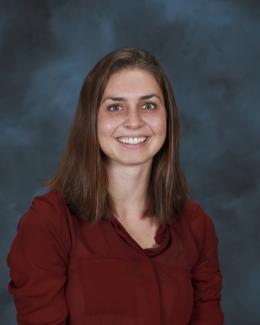March 12, 2013 — Students attending a scanning probe microscopy workshop held March 4-7 received a crash course in the latest scanning probe microscopy techniques -- skills that researchers will use to study materials for batteries, fuel cells, sensors, photovoltaics and more.
The school, held at ORNL's Center for Nanophase Materials Sciences, demonstrated tools for imaging ferroelectric and energy materials through a combination of lectures and lab experiments. The workshop is the 12th in a series that started at ORNL in 2007 and has since become a mainstream ferroelectric conference.
For Lane Martin, a professor at University of Illinois, Champaign, who studies complex oxide films, the CNMS school was a chance to introduce his graduate students to cutting-edge instrumentation and techniques that aren't available elsewhere.
"The things that they can do here in terms of scanning probe microscopy are essentially unique in the world - and it's all in one place," Martin said. "We brought students because they can learn 10 years of literature in four days."
The school is focused on a subset of scanning probe techniques that ORNL researchers have invented and advanced in recent years, including spectroscopic piezoresponse force microscopy and electrochemical strain microscopy. Workshop co-organizer Sergei Kalinin says the school was developed to fill a void, as large conferences typically don't allow enough time for hands-on experiments.
Martin agrees: "We can read the papers, but that's different than getting your hands on and seeing the insight that goes into getting all the different pieces of equipment to talk to each other. Talking to people who invented the technique and understanding all the trials and tribulations associated with it -- that is indispensible."
The school is unique in dedicating the majority of its time to hands-on experience with ORNL-developed band excitation and multidimensional tools, which introduce participants to the "big data" side of scanning probe microscopy. The ORNL methods allow researchers to collect gigabytes of information in a single measurement, a significant improvement over the megabytes available with conventional imaging.
"These tools provide insight for energy storage and conversion and multiferroic materials," Kalinin said. "The mission of the workshop is to introduce these 'big data' techniques to a broad scientific community."


